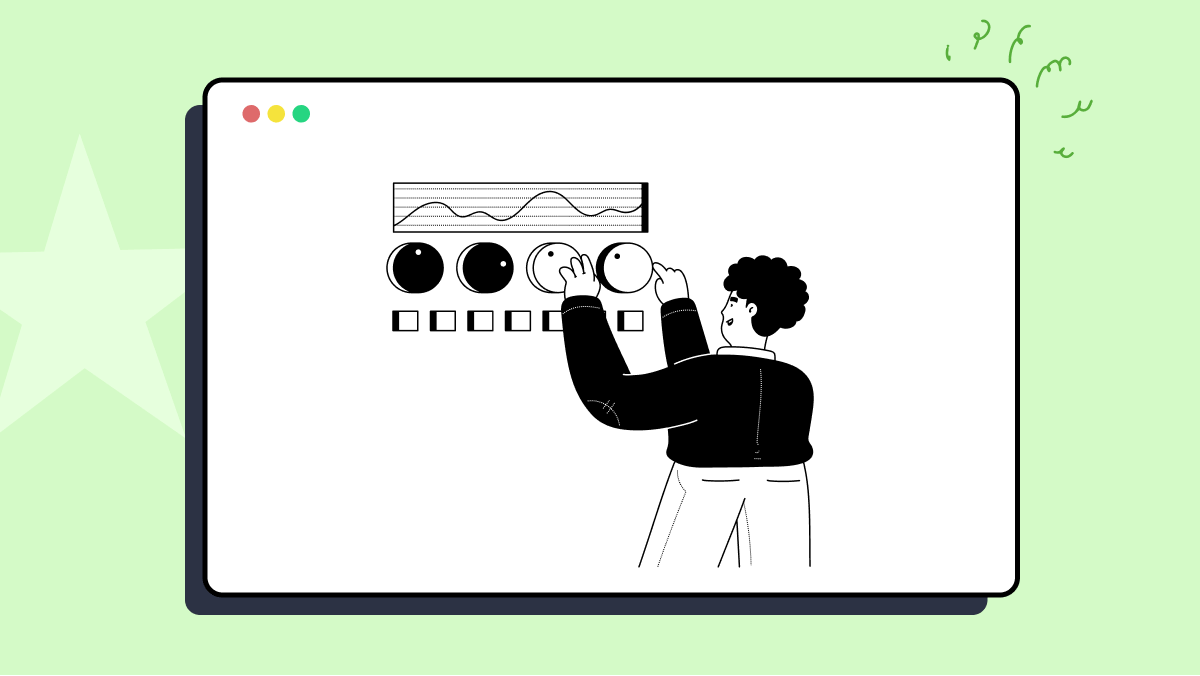How to use getName method of net.serenitybdd.jbehave.Enum SerenityJBehaveSystemProperties class
Best Serenity jBehave code snippet using net.serenitybdd.jbehave.Enum SerenityJBehaveSystemProperties.getName
Source:SerenityJBehaveSystemProperties.java
...57 /**58 * The number of threads to run stories in.59 */60 JBEHAVE_THREADS;61 public String getName() {return toString().toLowerCase().replaceAll("_",".");}62}...getName
Using AI Code Generation
1String enumName = SerenityJBehaveSystemProperties.getName();2Enum enum = SerenityJBehaveSystemProperties.getEnum();3String enumName = SerenityJBehaveSystemProperties.getName();4Enum enum = SerenityJBehaveSystemProperties.getEnum();5public enum SerenityJBehaveSystemProperties {6 SERENITY_JBEHAVE_ENUM("serenity.jbehave.enum"),7 SERENITY_JBEHAVE_STORY_TIMEOUT("serenity.jbehave.story.timeout"),8 SERENITY_JBEHAVE_STORY_TIMEOUT_UNIT("serenity.jbehave.story.timeout.unit"),9 SERENITY_JBEHAVE_STORY_TIMEOUT_UNIT_DEFAULT("serenity.jbehave.story.timeout.unit.default"),10 SERENITY_JBEHAVE_STORY_TIMEOUT_UNIT_DEFAULT_DEFAULT("serenity.jbehave.story.timeout.unit.default.default"),11 SERENITY_JBEHAVE_STORY_TIMEOUT_UNIT_DEFAULT_UNIT("serenity.jbehave.story.timeout.unit.default.unit"),12 SERENITY_JBEHAVE_STORY_TIMEOUT_UNIT_DEFAULT_UNIT_DEFAULT("serenity.jbehave.story.timeout.unit.default.unit.default"),13 SERENITY_JBEHAVE_STORY_TIMEOUT_UNIT_DEFAULT_UNIT_UNIT("serenity.jbehave.story.timeout.unit.default.unit.unit"),14 SERENITY_JBEHAVE_STORY_TIMEOUT_UNIT_DEFAULT_UNIT_UNIT_DEFAULT("serenity.jbehave.story.timeout.unit.default.unit.unit.default"),15 SERENITY_JBEHAVE_STORY_TIMEOUT_UNIT_DEFAULT_UNIT_UNIT_UNIT("serenity.jbehave.story.timeout.unit.default.unit.unit.unit"),getName
Using AI Code Generation
1public String get(String name) {2 if (name == null) {3 throw new IllegalArgumentException("The name of the property to be retrieved cannot be null");4 }5 if (name.isEmpty()) {6 throw new IllegalArgumentException("The name of the property to be retrieved cannot be empty");7 }8 String value = System.getProperty(name);9 if (value == null) {10 throw new IllegalArgumentException("The value of the property to be retrieved cannot be null");11 }12 if (value.isEmpty()) {13 throw new IllegalArgumentException("The value of the property to be retrieved cannot be empty");14 }15 return value;16}17public String get(String name) {18 if (name == null) {19 throw new IllegalArgumentException("The name of the property to be retrieved cannot be null");20 }21 if (name.isEmpty()) {22 throw new IllegalArgumentException("The name of the property to be retrieved cannot be empty");23 }24 String value = System.getProperty(name);25 if (value == null) {26 throw new IllegalArgumentException("The value of the property to be retrieved cannot be null");27 }28 if (value.isEmpty()) {29 throw new IllegalArgumentException("The value of the property to be retrieved cannot be empty");30 }31 return value;32}StackOverFlow community discussions
Integrating Spring with Serenity/JBehave test
Generate serenity-jbehave-archetype and build faild on mvn Verify
Continue Execution of next steps in Serenity Jbehave BDD by capturing failure reason for the failed steps
How to set up a configured embedder for use of meta filters (-skip) with Serenity, JBehave and Selenium
JBehave empty context
why maven-failsafe-plugin doesn't show serenity tests executed?
How do you exclude @skips from Serenity reports while running JBehave tests?
Want to execute a java class after maven build using exec-maven-plugin irrespective of maven build status
Before/After Scenario not working in jbehave serenity BDD
In my testNG integration tests can I use @factory more than once (using Jenkins and Maven for my builds)?
I solved this using the following hack (basically injecting the service(s) myself):
@ContextConfiguration(locations = "test-beans.xml",
loader = TestContextLoader.class)
public class GreetingServiceTest extends SerenityStories {
@Autowired
private GreetingService greetingService;
private String greeting;
@When("I want a greeting")
public void whenIWantAGreeting() {
greeting = greetingService.getGreeting();
}
@Then("I shall be greeted with \"$greeting\"")
public void thenIShallBeGreetedWith(String greeting) {
assertEquals(greeting, this.greeting);
}
@Override
public InjectableStepsFactory stepsFactory() {
return new InstanceStepsFactory(configuration(), this);
}
@BeforeStories
public final void beforeStories() {
AutowireCapableBeanFactory beanFactory = getContext().getAutowireCapableBeanFactory();
beanFactory.autowireBeanProperties(this, AutowireCapableBeanFactory.AUTOWIRE_NO, false);
beanFactory.initializeBean(this, getClass().getName());
}
private ApplicationContext getContext() {
return SpringClassRuleHack.getTestContextManager(getClass())
.getTestContext()
.getApplicationContext();
}
}
SpringClassRuleHack (must be the same package as SpringClassRule to get access to the getTestContextManager method):
package org.springframework.test.context.junit4.rules;
import org.springframework.test.context.TestContextManager;
public final class SpringClassRuleHack {
private SpringClassRuleHack() {}
public static TestContextManager getTestContextManager(Class<?> testClass) {
return SpringClassRule.getTestContextManager(testClass);
}
}
I'm getting the Spring context through SpringClassRule so that it gets cached by Spring, letting Spring control when the context needs reloading (if I have understood correctly).
I'm not entirely satisfied with this solution and I suspect it's not equivalent to enabling SpringClassRule/SpringMethodRule in the standard way, but it works in my case.
Blogs
Check out the latest blogs from LambdaTest on this topic:
This article is a part of our Content Hub. For more in-depth resources, check out our content hub on Mobile App Testing Tutorial.
Unit testing is typically software testing within the developer domain. As the QA role expands in DevOps, QAOps, DesignOps, or within an Agile team, QA testers often find themselves creating unit tests. QA testers may create unit tests within the code using a specified unit testing tool, or independently using a variety of methods.
Companies are using DevOps to quickly respond to changing market dynamics and customer requirements.
When I started writing tests with Cypress, I was always going to use the user interface to interact and change the application’s state when running tests.
Automation Testing Tutorials
Learn to execute automation testing from scratch with LambdaTest Learning Hub. Right from setting up the prerequisites to run your first automation test, to following best practices and diving deeper into advanced test scenarios. LambdaTest Learning Hubs compile a list of step-by-step guides to help you be proficient with different test automation frameworks i.e. Selenium, Cypress, TestNG etc.
LambdaTest Learning Hubs:
- JUnit Tutorial
- TestNG Tutorial
- Webdriver Tutorial
- WebDriverIO Tutorial
- Protractor Tutorial
- Selenium 4 Tutorial
- Jenkins Tutorial
- NUnit Tutorial
- Jest Tutorial
- Playwright Tutorial
- Cypress Tutorial
- PyTest Tutorial
YouTube
You could also refer to video tutorials over LambdaTest YouTube channel to get step by step demonstration from industry experts.
Try LambdaTest Now !!
Get 100 minutes of automation test minutes FREE!!



